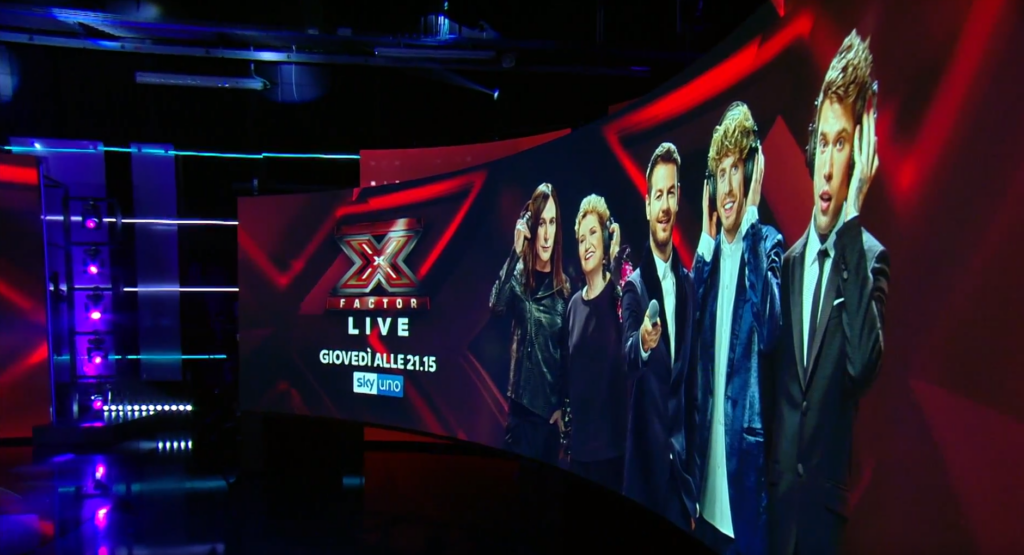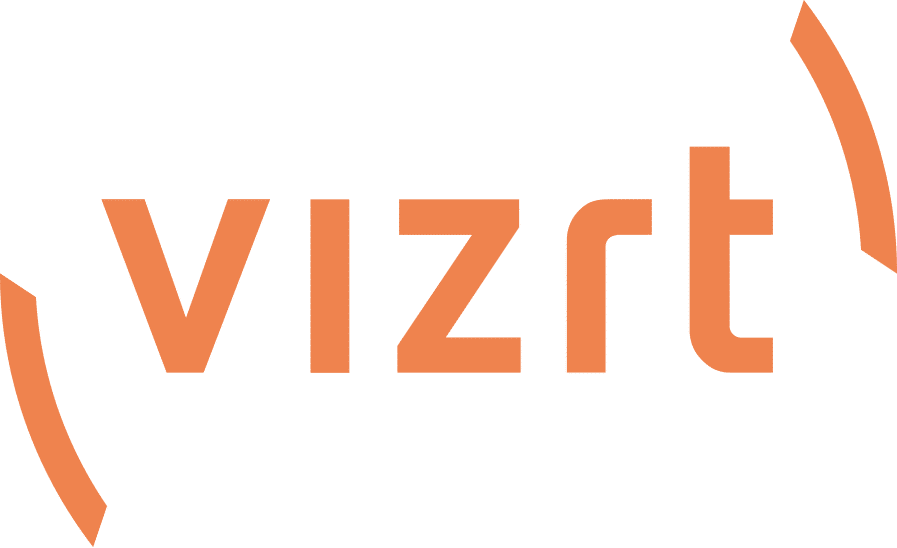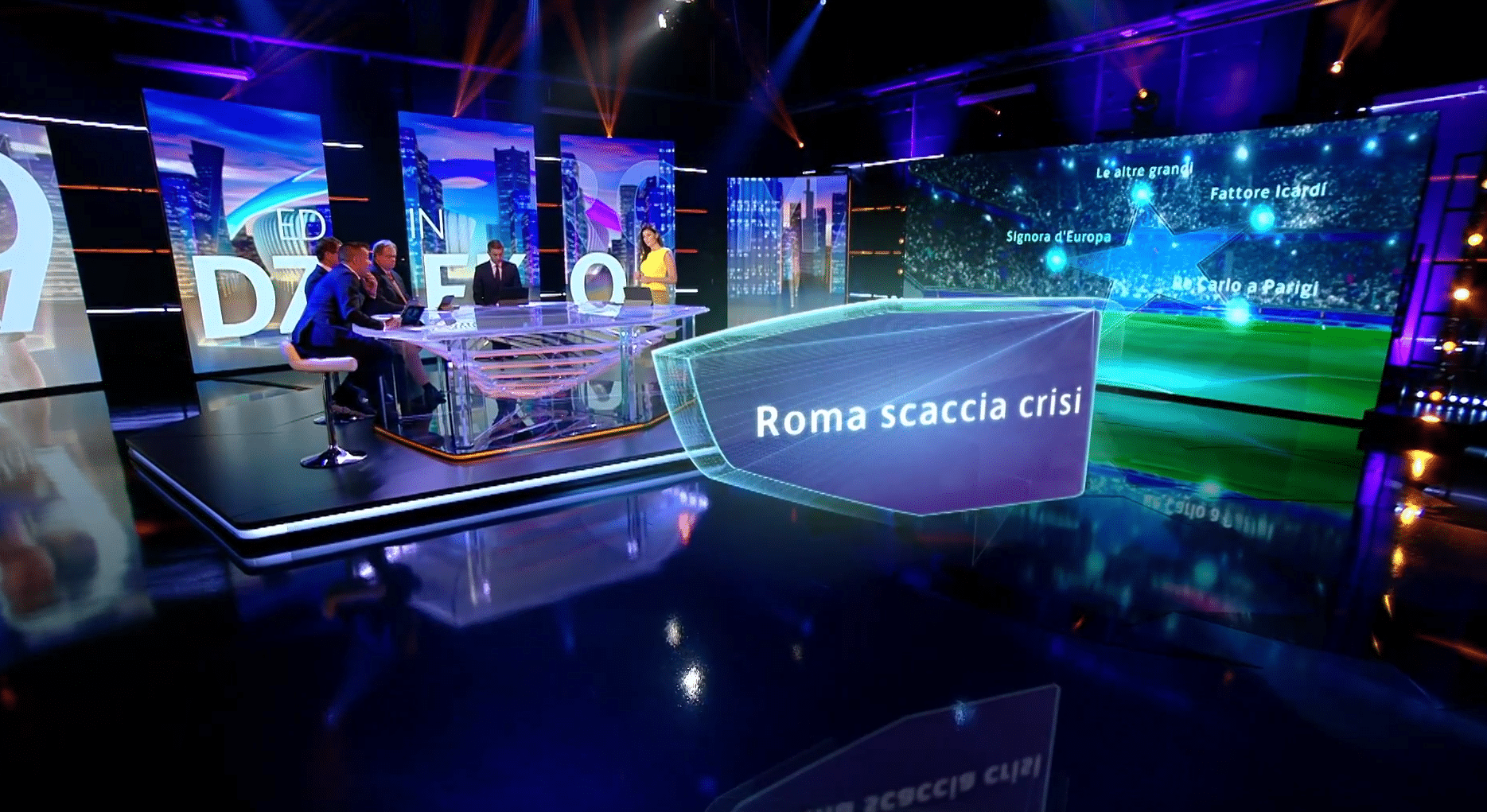The new studio, launched at the end of 2018, has 16 dynamic LED walls, giving them the flexible space they required. All the content on the LED walls is controlled via Viz Multiplay and in addition, Sky Italy have a virtual window combined with AR graphics to maximize their studio and enhance their storytelling.
“We have been working Vizrt for augmented reality for many years, for 10 years in fact. We went from virtual studio to having a virtual window, where we can use graphics to come in and out of the window”
Andrea Cavaliere
Sky Italy’s Vizrt Graphics Lead

When the studio was being built, their creative team got the inspiration from how light, sound and screens are used during musical concert and incorporated this into their studio setting. They combined this with graphics, virtual windows and augmented reality to create something quite unique.
“We lower the lights, add some music and this makes the whole thing spectacular”, said Roberto Montoli, Sports Studio Director.
The studio flexibility is such that it gives the ability for the producer to easily change the studio background and graphics, even within a specific programme, in order to note a change in feature, segment and to reflect the storytelling.
“We are able to control five different layers of graphics inside the studio, so the potential is very wide”, said Marco Fecchio, On-Air Graphic Developer.
All these variations are easily and efficiently made with Vizrt’s tools: the powerful rendering engine, Viz Engine; the control application, Viz Multiplay; and automation tool, Viz Mosart. Vizrt’s complete end-to-end solutions enables them to control all the graphics so they can always be creative while maintaining the distinctive ‘Sky Italy’ look.
“The graphics are very important to create an identity and also instead of being just a background and a scenography part of it, it is also a main feature of the storytelling”, said Vincenzo Lagattolla, Head of Creative.
Sky Italy are successfully embracing the endless possibilities of using graphics and augmented reality in their programming. With their new studio they are demonstrating how broadcasters can express their creativity through augmented reality and graphics, and creating their own way of storytelling.






















